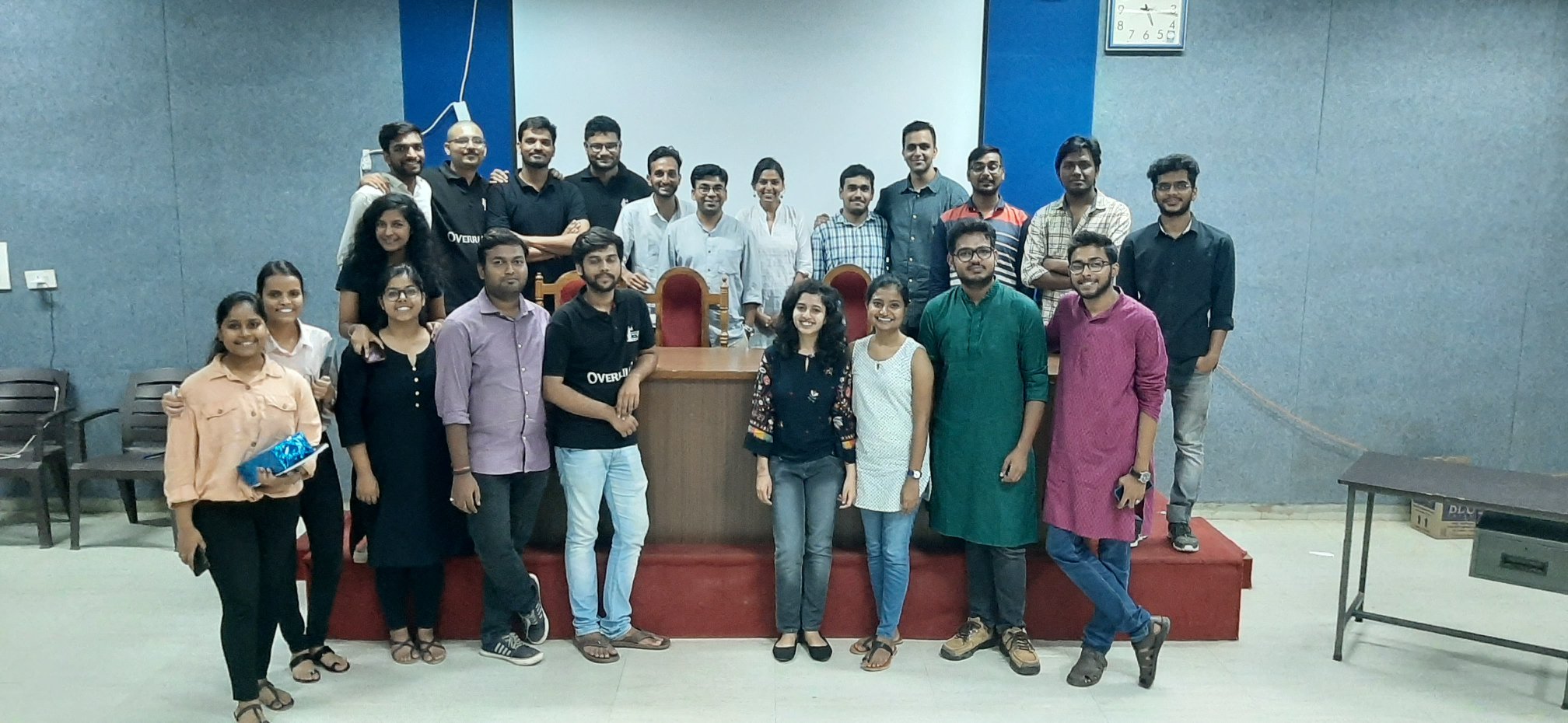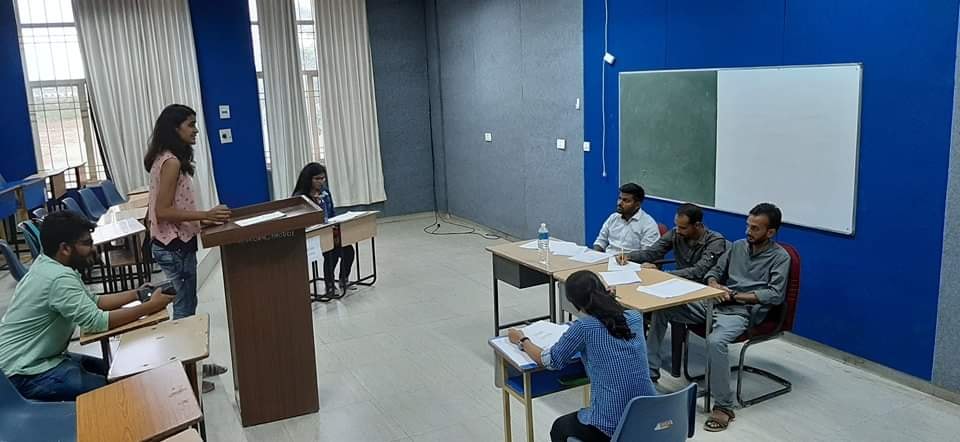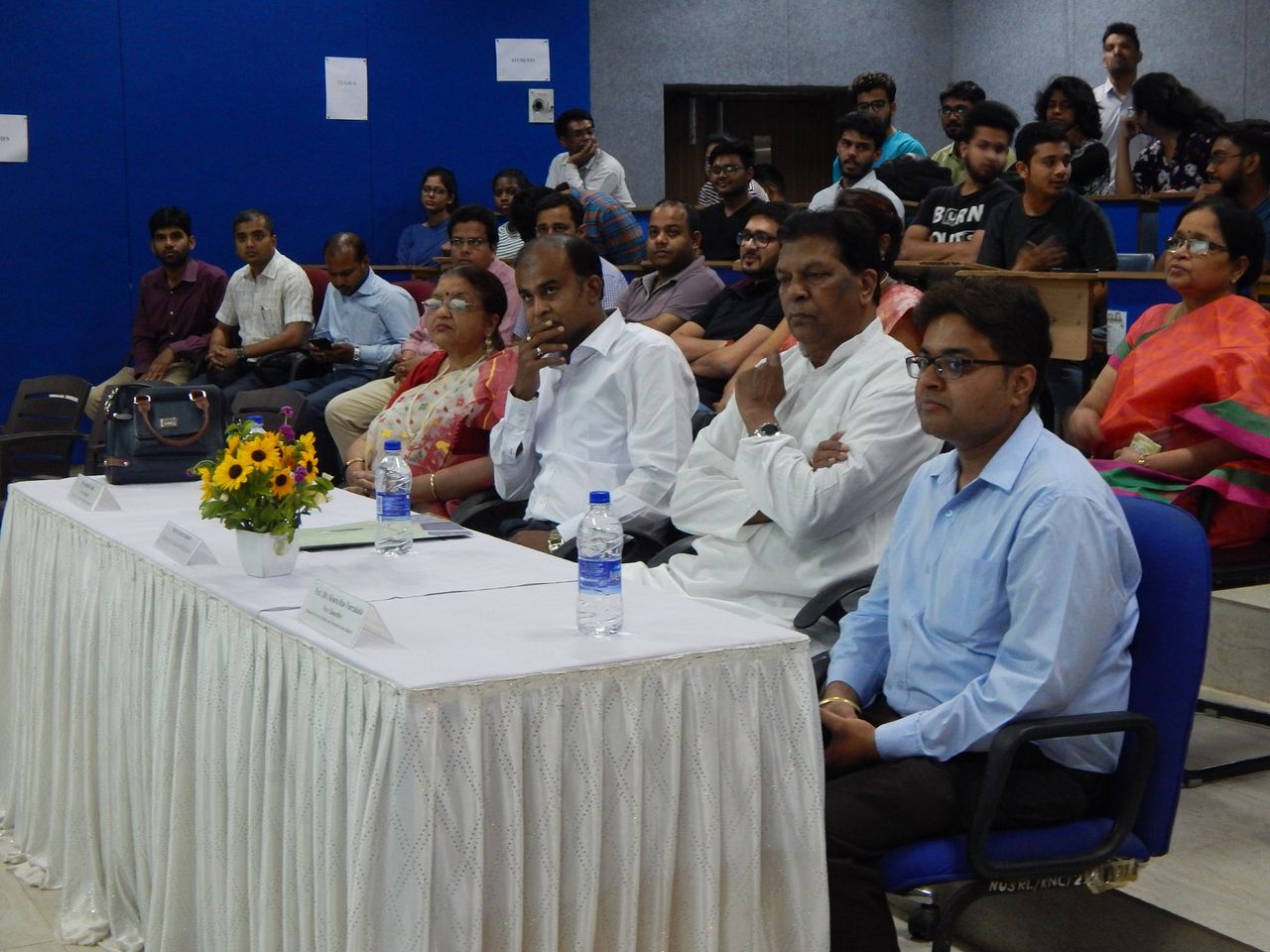Authors: Shubhie Gupta and Sumedha Dewan are third Year B.B.A., LL.B. students at University School of Law and Legal Studies, Guru Gobind Singh Indraprastha University, Delhi.
In a final statement, Smith said: “Tonight Alabama causes humanity to take a step backwards. … I’m leaving with love, peace and light.”
Background
On January 25, 2024, Alabama made headlines by implementing Nitrogen Hypoxia for carrying out the execution of Kenneth Eugene Smith, marking a significant shift in the landscape of capital punishment in the United States. This introduction of a novel method sparked renewed discussions nationwide regarding the ethical considerations surrounding execution techniques. While proponents emphasized the method’s perceived humanity, critics lambasted it as both inhumane and untested, reigniting a contentious debate. Justice Sonia Sotomayor dissented, labelling Smith as Alabama’s ‘guinea pig’ for an untested execution method, highlighting the global scrutiny of this unprecedented event.
Smith and another individual were both found guilty in the 1988 murder-for-hire case involving Elizabeth Sennett. John Forrest Parker, the other convicted accomplice, was executed in 2010. Although Smith’s initial conviction in 1989 was overturned, he was later reconvicted in 1996. Despite a jury’s recommendation of a life sentence by a majority vote of 11-1, a judge overruled it and sentenced him to death.
Exploring the Transition
Until Thursday, no state had employed nitrogen hypoxia as a method of executing a death sentence. Hanging persisted as the dominant method of execution in the United States until well into the 20th century. By 1915, eleven states had shifted to electrocution, citing its perceived greater humanity. In 1921, Nevada pioneered lethal gas, adopted by eleven states by 1955. After the 1976 Supreme Court decision in Gregg v. Georgia, lethal injections using drugs that induce heart stoppage became the primary method, constituting 86% of executions from 1976 to 2016. However, a significant drug shortage, especially sodium thiopental, occurred from 2010 to 2018. States have also encountered persistent issues with this method. Some struggle to procure an ample supply of the required drugs, and even with the correct dosage, numerous executions have gone awry due to difficulties in locating suitable veins for injection. Mr. Smith in Alabama experienced this firsthand when slated for lethal injection in November 2022, a team repeatedly failed to properly insert an intravenous line.
In 2015, Oklahoma authorized alternative methods like nitrogen hypoxia, electrocution, and firing squads. State Representative Mike Christian introduced the bill, backed by attorney Michael Copeland, who authored a comprehensive 14-page document advocating for nitrogen hypoxia as a humane method of execution. Copeland asserted that nitrogen hypoxia would guarantee a swift and painless death. Subsequently, Alabama and Mississippi followed Oklahoma’s example, enacting laws permitting the utilization of nitrogen in executions.
Understanding Nitrogen Hypoxia & It’s Application
Hypoxia is a medical condition characterised by insufficient oxygen supply to the body’s tissues, leading to disruptions in normal cellular functions. This oxygen deficiency can result from factors like low atmospheric oxygen at high altitudes, decreased blood oxygen-carrying capacity, reduced blood flow, or problems with cellular oxygen utilisation. Specifically, nitrogen hypoxia refers to a situation where there is an inadequate oxygen supply caused by an excess of nitrogen in the air. Nitrogen, being an inert gas, does not contribute to the body’s oxygen needs, it acts passively and doesn’t directly participate in cellular respiration. Although nitrogen does not support human respiration, breathing air with a lower-than-normal oxygen content can induce hypoxia.
As outlined in the protocol provided by Alabama prison officials, the intended procedure involved members of the execution team securing Mr. Smith to a gurney in the state’s execution chamber in Atmore. A mask was slated to be applied to his head, and nitrogen would be introduced, causing oxygen deprivation. Experts likened this method to placing a plastic bag over someone’s head, but in this case, the individual would inhale nitrogen instead of carbon dioxide. For a brief period, Smith appeared conscious before exhibiting convulsions and struggling against the restraints for approximately two minutes. Marty Roney of the Montgomery Advertiser reported that during this period, Smith’s eyes rolled back into his head. Smith then took several deep breaths till his breathing became inaudible. The Reverend Jeff Hood, who acted as Smith’s spiritual adviser and witnessed the execution, mentioned that the severity of the situation visibly took aback the officials in the room. Hood described the episode as minutes of someone fighting for their life.
Unravelling the Ethical and Legal Quandaries
The endorsement of Nitrogen Hypoxia follows a similar strategy as lethal injections that portrays it as a quick, painless, and effective method of execution, claiming to be a humane approach. Nevertheless, numerous critics have voiced apprehensions about the lack of scientific data supporting these claims and the experimental nature of the method’s implementation. Along with this, a fundamental understanding of human physiology reveals a sombre reality: the convicted individual must consciously inhale the gas to bring about their demise. The convict may also hold his breath to delay the inevitable. Many animal models indicate seizures as a possible effect of nitrogen gas inhalation and similar effects are possible with inmates. In addition, the Euthanasia Guidelines, 2020 given by the American Veterinary Medical Association states that nitrogen hypoxia can be an acceptable method of euthanasia for pigs under certain conditions but not for other mammals because it creates a stressful environment for certain species. The inmate might also experience agonal breathing and involuntary movements caused by convulsions, requiring the implementation of chemical or physical restraints to calm them down. Moreover, there exists the potential for harm to individuals in proximity to the nitrogen gas.
The experience of dying is perceived as potentially painful, varying in intensity. While opioids can provide relief to some extent, addressing metaphysical or intangible aspects of dying remains a challenge. The act of execution constitutes an unnatural demise, thus the suffering endured differs fundamentally from that experienced in death by illness. Nonetheless, judges, in defiance of the Eighth Amendment of the U.S. Constitution, argue the existence of an alleged “ordinary pain of dying,” a misleading legal construct unsupported by medical evidence. In truth, our understanding of death’s pain remains speculative.
The Eighth Amendment of the United States Constitution forbids the infliction of cruel and unusual punishment. The second attempt to execute Smith, following the severe physical and mental anguish inflicted by the first attempt can be considered as violative of the Eighth Amendment. Smith’s legal representatives characterized the ordeal as a form of torture and said that it “exposed him to the severe mental anguish of a mock execution.” In simple terms, punishment should not be cruel. Society’s perception of cruelty has changed over time, with evolving standards that may not align with the progress of civil society.
The U.N. human rights office has also voiced significant concerns about the planned execution of Smith using nitrogen gas, highlighting the potential for a death that could be considered torturous. This situation raises questions regarding the adherence to two international human rights treaties that the United States is a party to: the International Covenant on Civil and Political Rights and the Convention against Torture and Other Cruel, Inhuman, or Degrading Treatment or Punishment.
Conclusion
Alabama’s use of Nitrogen Hypoxia in capital punishment has ignited a heated global debate regarding the humanity and ethics of execution methods. The introduction of an untested and experimental method in the execution of Kenneth Eugene Smith stands as an unprecedented event. In an era where the call for the complete abolition of capital punishment continues to gain momentum, the use of untested methods like Nitrogen Hypoxia prompts society to reexamine its stance on the death penalty and reevaluate its ethical implications in an ever-evolving global landscape. The exploration of nitrogen hypoxia and its application delves into the medical and physiological aspects, shedding light on the potential challenges and consequences that paint a disturbing picture of the final moments of the convicted inmate raising doubts about the claimed painlessness and humanity of the process. It becomes challenging to envision a more brutal form of punishment, as the method requires the convicted individuals to participate in their executions, making weapons out of their lungs.







Leave a comment